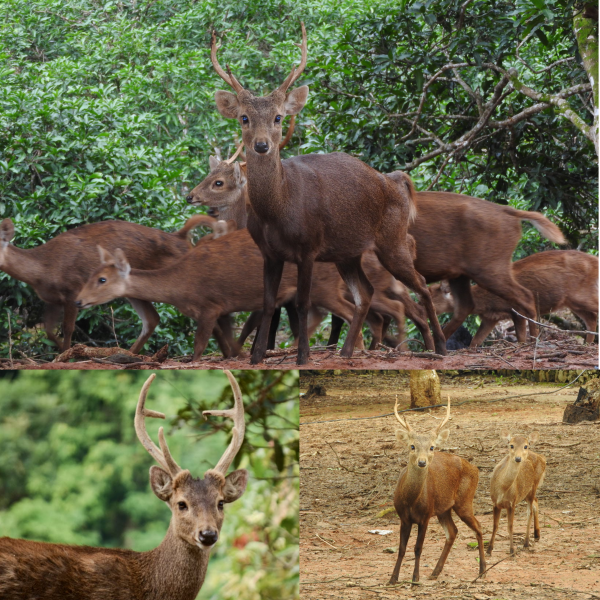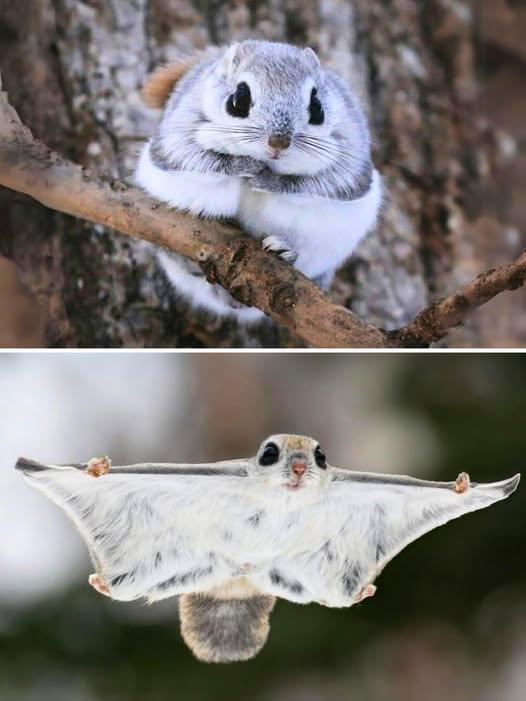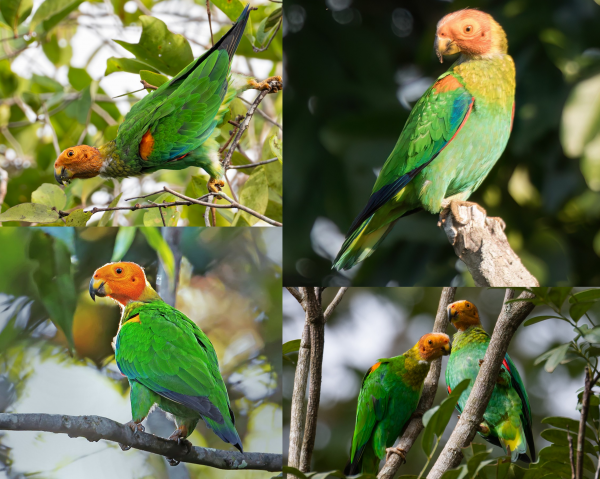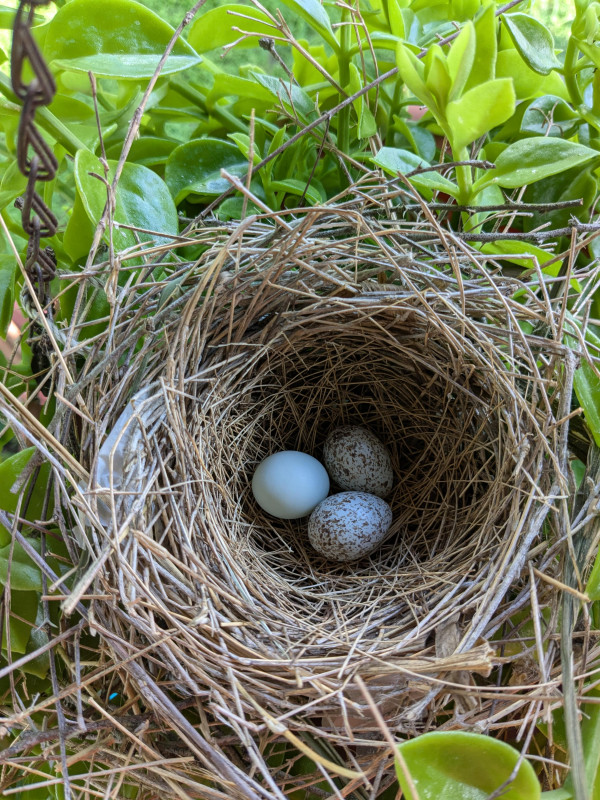The Bawean hog deer is the rarest deer in the world. It's only found on the small Indonesian island of Bawean and is considered 'critically endangered' — with an estimated population of less than 300 individuals.
Bawean hog deer are nocturnal and known to walk along well-trodden paths through thick foliage — moving in a crouch with a hog-like gait (hence the name). They often return to the same bed of vegetation for several days in a row.
Both sexes bark, and their vocalisations can be heard up to 100 metres away through the dense forest. When separated, a mother calls to her fawn with a cry, and the fawn responds with a high-pitched squeak that only carries over short distances.
Hunting this deer has been illegal since 1977 — it is one of 25 priority species legally protected by the Indonesian government — but the species is still threatened by dogs. Observations over a two-year period found that feral dogs were responsible for 9 out of 11 Bawean hog deer deaths, making them the leading cause of mortality.
Of the 55 deer species, only two are critically endangered: the [giant muntjac](https://www.inaturalist.org/taxa/74660-Muntiacus-vuquangensis) of the [Annamite Mountains](https://www.worldwildlife.org/magazine/issues/summer-2024/articles/wildlife-of-the-central-annamites) and the Bawean hog deer. As of its [last evaluation](https://www.iucnredlist.org/species/2447/73071875) in 2014, the Bawean deer population is considered stable.
**You can learn more about this rarest of deer from**Â [**my website here!**](https://www.curiousspecies.com/my-species/bawean-hog-deer)






